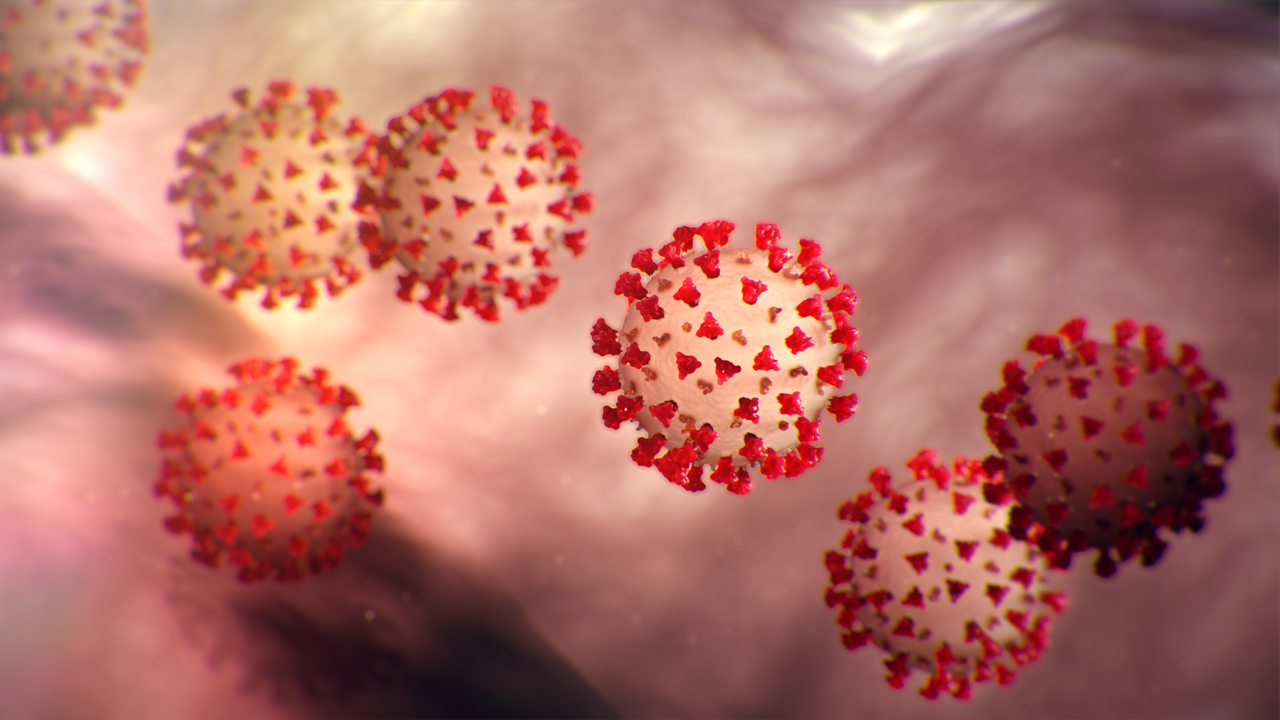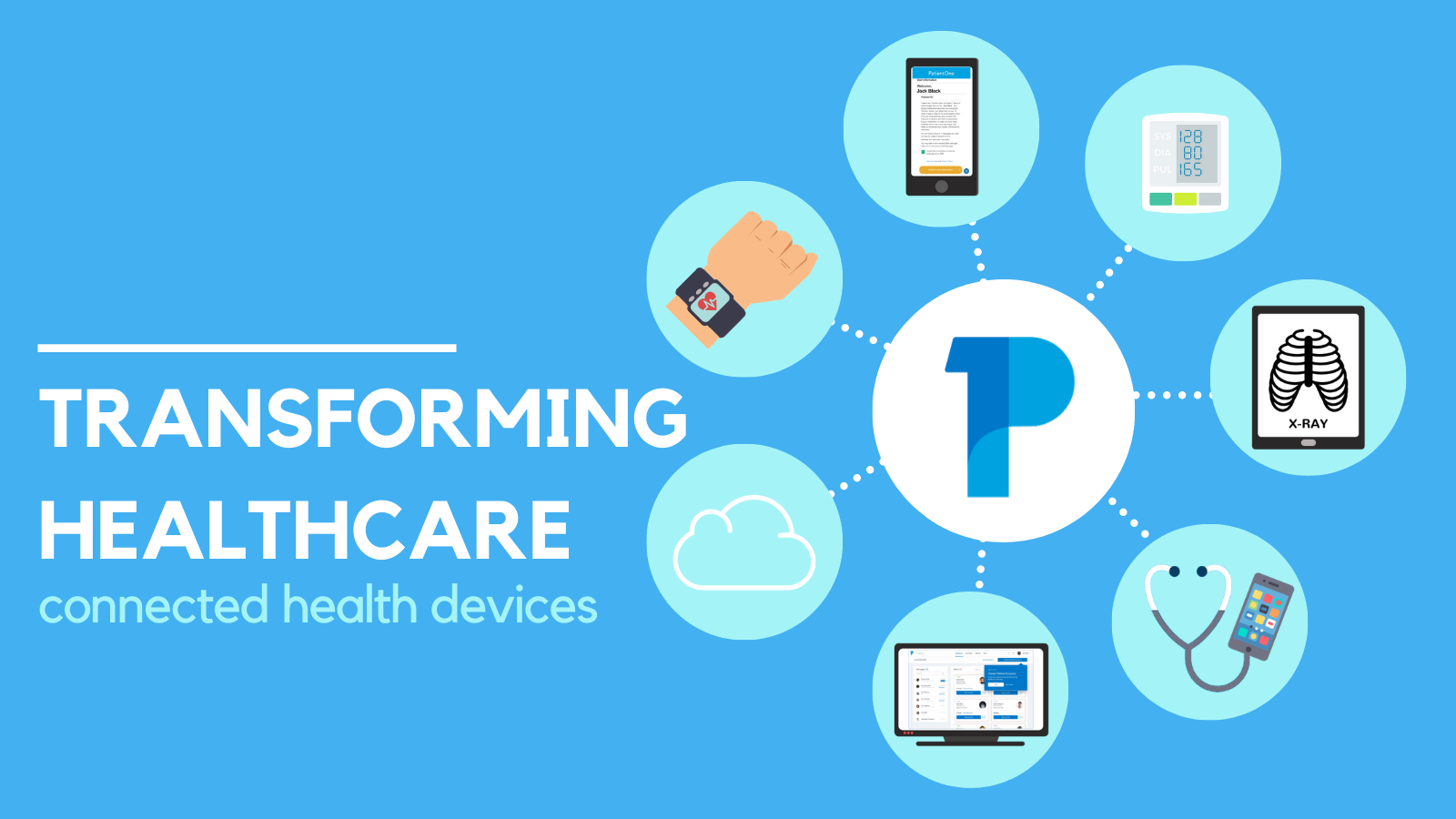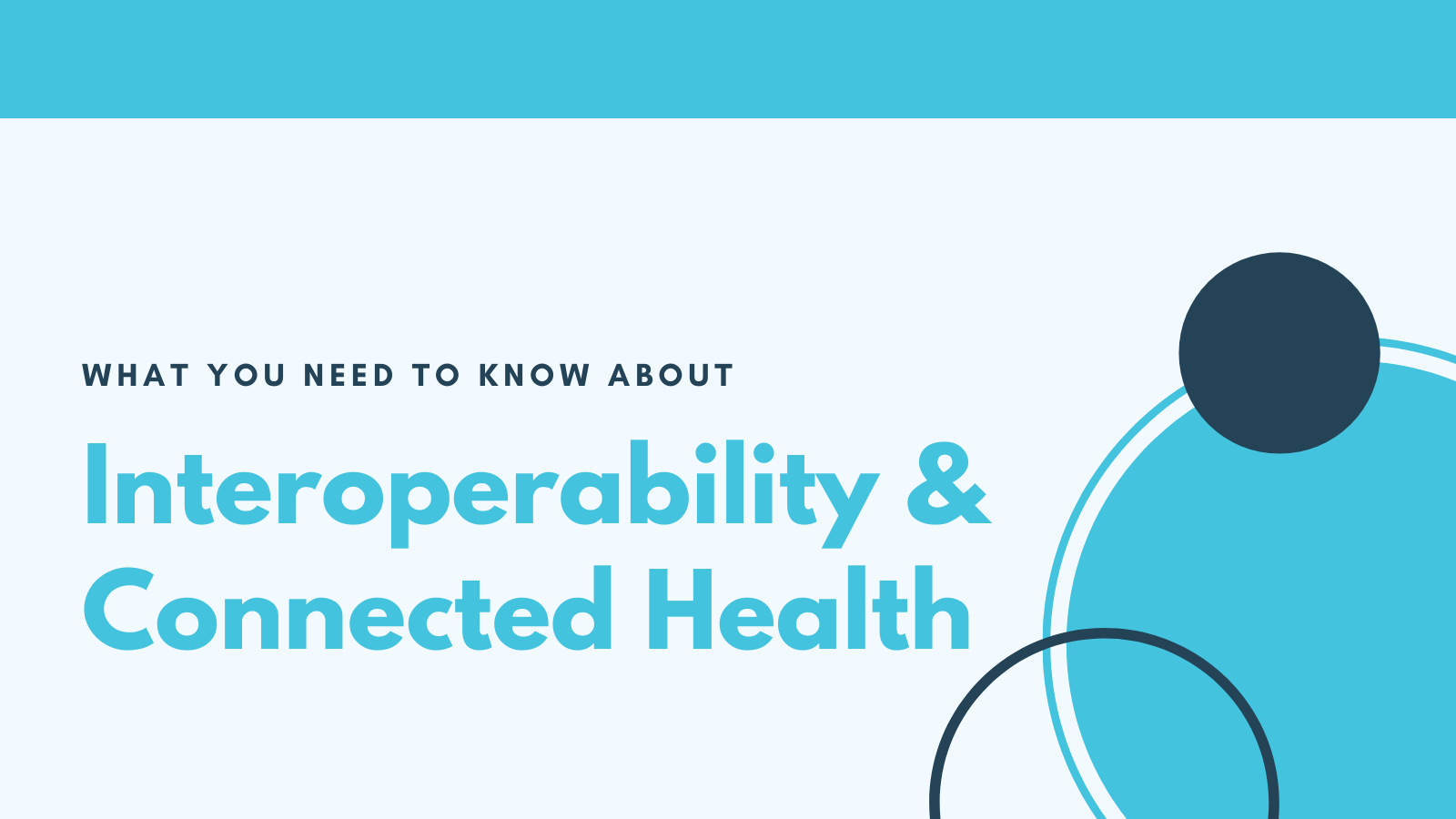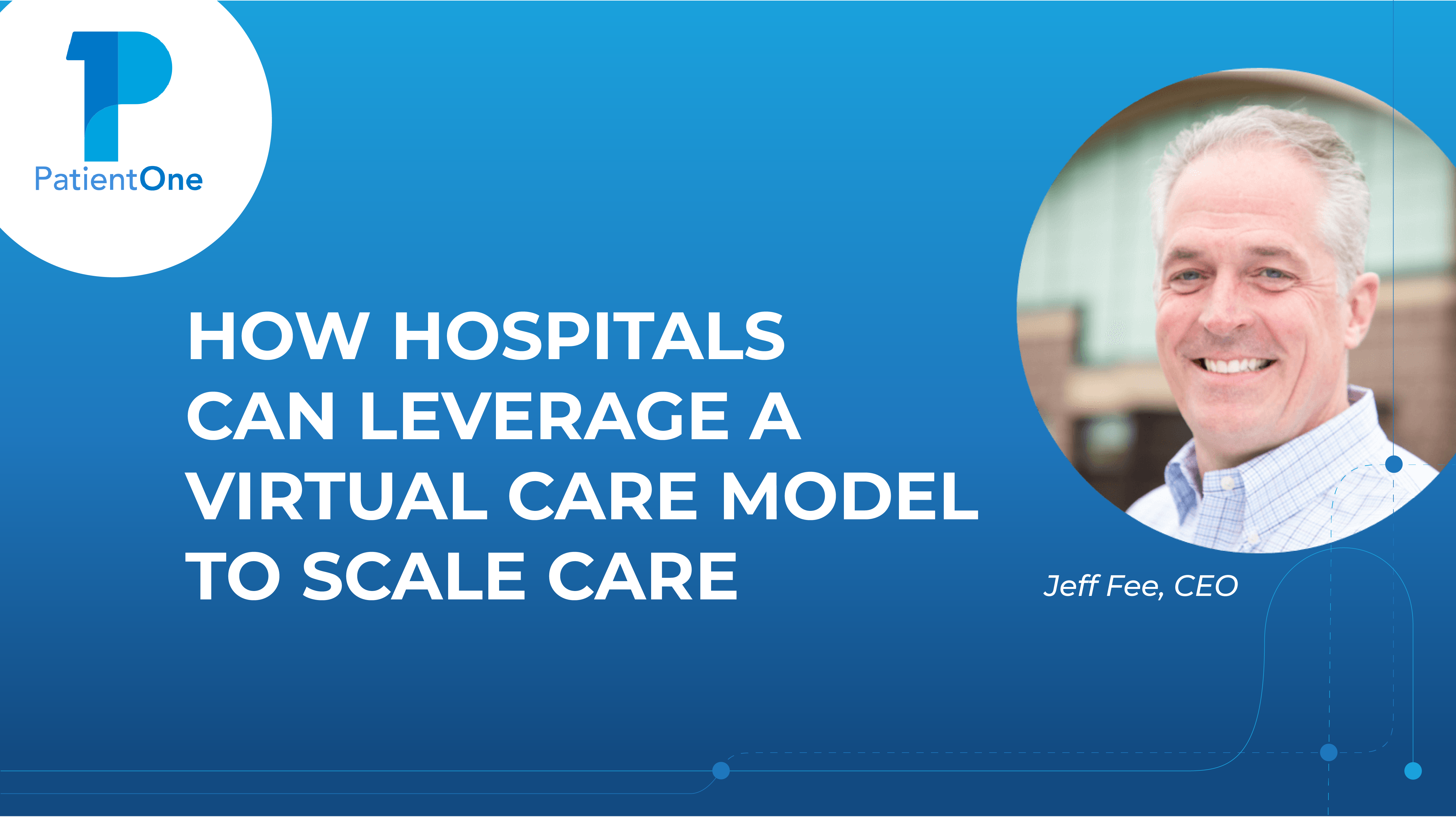Blog
Our latest news and thoughts
- All Posts
-
- Healthcare
- Remote Patient Monitoring
- Connected Care
- Patient Satisfaction
- Digital Innovation
- Standard of Care
- CMS
- Connected Health Devices
- Medicare
- Reducing Expenses
- Connected Health
- Patient Provider Relationship
- Bundled Payments
- Bundled Payments for Care Improvement
- Clinical Empathy
- Coronavirus
- Entrepreneurship
- Optimize Costs
- Physician Burnout
- Revenue
Remote Monitoring of Coronavirus Disease (COVID-19) Using PatientOne
Topics: Remote Patient Monitoring, Connected Care, Coronavirus
March 03, 2020
by Dozie Ezerioha, MD

The coronavirus disease, now known as COVID-19, was first seen in Wuhan, China in late 2019. Since then, cases have been reported on almost every continent. 54 countries, and counting, have confirmed more than one case of the illness, while a further 23 countries have now registered an index case. The COVID-19 epidemic has now been declared a global health emergency by the World Health Organization. As the disease spreads throughout the world, the United States is on high alert and we have seen cases spring up in several states, with Washington the most severely affected so far.
What makes the new coronavirus such a risk is that it can spread easily from person to person, through respiratory droplets released when an infected person coughs or sneezes. People in close proximity (within 6 feet) are exposed since they may inhale the droplets. Additionally, if the released droplets fall on surfaces (furniture, for example), it is possible that COVID-19 can be spread from contact with said infected surfaces or objects.
With COVID-19’s now documented ease of transmission and current rapid spread, there is a high risk to the elderly and those who are immunocompromised. While it is possible that the true coronavirus mortality rate is less than 1%, a breakdown of the much higher 2.3% mortality rate as reported by the China Center for Disease Control does reveal that older adults are more severely affected by the condition. According to STAT, the China CDC reveals a fatality rate of 14.8% in people 80 or older while those younger than 60 had fatality rates less than 1.3%.
Our health care system, despite being quite advanced, can be easily overwhelmed by an influx of suspected cases of the coronavirus disease. A sudden uptick in cases being evaluated simultaneously can put staff and unaffected patients at an unnecessarily increased risk of exposure. Health systems, urgent care centers, and primary care practices should be prepared in the event that the virus outbreak becomes widespread. From current findings, the consensus is that the most severe cases, especially in symptomatic older adults should be prioritized, while patients with less severe symptoms can be supervised remotely, isolated in the comfort of their own homes.
This is where PatientOne comes in. We designed the platform to seamlessly connect patients with their care team, through automated, interactive messages sent to their patients through text, email, and reminders through a push notification feature. Patients are provided bluetooth-enabled thermometers and pulse oximeters so they can continuously record their temperature and oxygen saturation. If a bluetooth-enabled device is not available, the patient/patient’s in-home caregiver can manually input the patient’s data from a regular thermometer or pulse oximeter when prompted.

In either case, the data is then automatically shared with their care teams for them to track and trend a patient’s data, enabling early intervention in the event the trend is moving in the wrong direction. On client request, we have more options to integrate video calls and geolocation data, enabling care teams to keep closer tabs on their at-risk patients intervening when necessary though virtual care visits, and even direct patients who need more intensive treatment as to where to go. We hope this potentially life-saving system will increase patients’ trust in the medical system, which is important during this coronavirus outbreak.
In the last 2 weeks, we have refined our infectious disease protocol with a focus on remote monitoring of coronavirus disease and have now made these pathways available to the patients at our partner hospitals. As the first platform of its kind, PatientOne enables the use of the new 2020 Remote Patient Monitoring (RPM) codes and automatically tracks the time spent remotely monitoring patients. The proprietary feature eliminates cost as a barrier for our customers, enabling better care for at-risk patients while providing compensation to the provider for performing important work.



